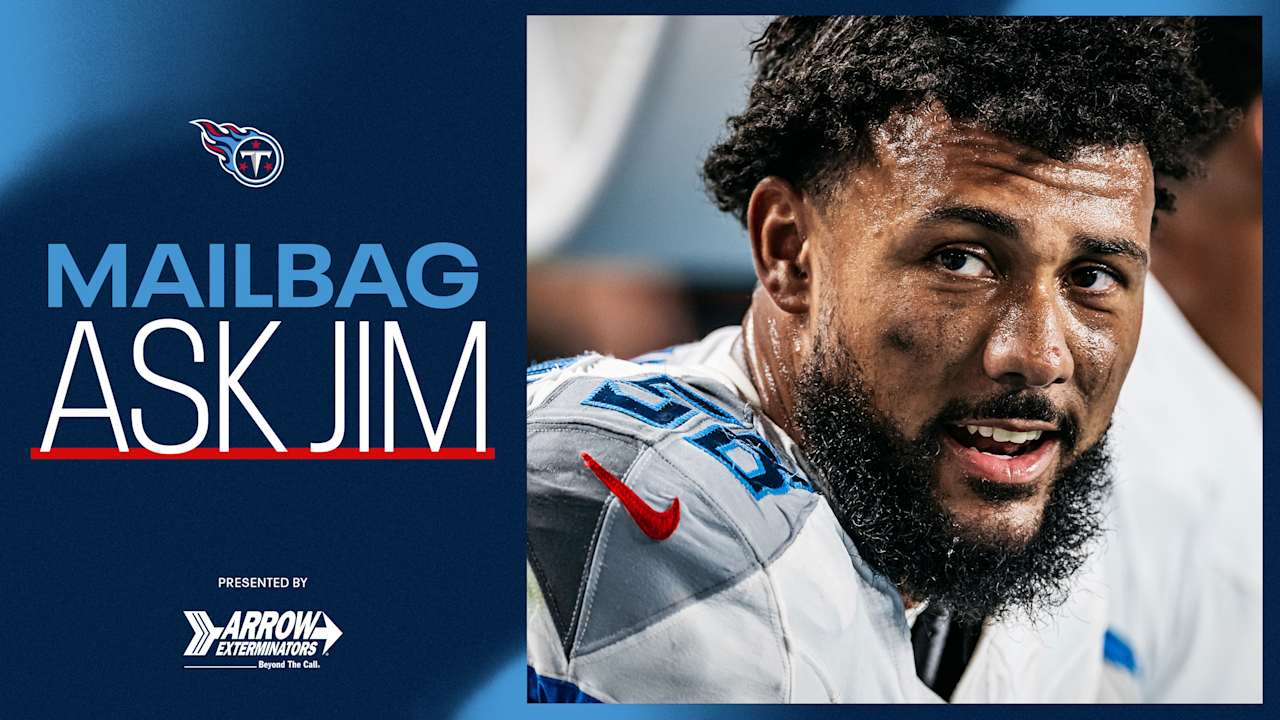
Legend: A Career Decline and the Struggles of Being a Former Star
The National Football League (NFL) is home to some of the most iconic athletes in the world. The sport’s demanding nature, combined with the athletic feats of its players, creates legends whose names echo through history. Yet, despite the fame, wealth, and glory that come with being an NFL superstar, there is another side—one that many players, especially the legends of the game, have to confront after their playing careers come to a close. For some, the transition from being a celebrated athlete to dealing with personal struggles, health issues, and the inevitable decline of their once-brilliant careers is harsh. This is the story of many NFL legends whose careers have seen a difficult fall from grace.
The Height of Glory: The Rise to NFL Stardom
The story of any NFL legend starts with their rise to prominence. Whether it’s a quarterback with an unmatched arm or a wide receiver with lightning speed, these players carve out a space in history through their exceptional skill, hard work, and perseverance. Think of legends like Jerry Rice, Tom Brady, and Deion Sanders, all of whom became household names not just for their athletic ability, but for their leadership on the field, their championships, and their unforgettable moments in the spotlight.
For most NFL players, reaching stardom means making sacrifices. Years of intense physical training, honing techniques, and dealing with the inevitable pain of injury become a part of their daily lives. The ultimate goal is often winning the Super Bowl or setting records that will be remembered for generations. But the rise to stardom is not without its toll. Players who dedicate themselves to the game for years often find their bodies worn down, suffering from physical injuries that may take years to heal, if they ever heal at all.
The Transition to Life After Football
After a player’s career in the NFL comes to an end, either due to age, injury, or personal decision, they are left to face the reality of transitioning from the spotlight to a much quieter life. For many, this period can be disorienting, as the structure and sense of purpose provided by a professional football career vanish almost overnight. There are only a few players who manage to transition seamlessly into life after football, whether it’s as a coach, commentator, or in some cases, an entrepreneur.
But for the majority of NFL legends, the post-football life brings its own set of challenges, and some of the toughest battles come on the personal front. The end of an NFL career does not just mean stepping away from the field; it also involves dealing with personal issues, often relating to physical health, mental well-being, and the loss of a sense of identity.
Take, for instance, Randy Moss, one of the most dynamic wide receivers in NFL history. Moss’ career was legendary, featuring numerous touchdowns, game-winning catches, and memorable plays that cemented his place among the greats of the game. However, as Moss’ playing days came to a close, he struggled to find a sense of purpose in retirement. Like many former athletes, he faced the challenge of trying to adjust to life without the adrenaline rush of football. Even with his post-career successes, including broadcasting work, Moss has openly discussed the emotional toll that leaving the game has had on him.
In addition to the mental toll, NFL players also grapple with the physical consequences of their careers. Steve Young, a Hall of Fame quarterback, retired early due to repeated concussions. His story is all too common in a sport that is notorious for its violent collisions. The long-term effects of these injuries have become a point of focus in recent years, as studies on the brain injuries sustained by NFL players reveal the severe and often devastating impact of repeated head trauma.
Health Issues: The Price of a Legendary Career
It’s impossible to ignore the physical toll the NFL takes on its players. Former players like Earl Campbell, a running back who dominated the league in the 1970s and 1980s, have suffered long-term physical ailments that many would associate with the brutality of the game. Campbell has been open about the chronic pain he experiences, particularly in his knees and back, which are common issues for players in his position. After his career, Campbell was diagnosed with severe arthritis, which led to the need for hip replacements and constant pain management.
Then there’s the issue of chronic traumatic encephalopathy (CTE), a degenerative brain disease caused by repeated blows to the head, which has been linked to many NFL players, especially those who played before the league took serious steps to address concussion safety. The tragic stories of players like Junior Seau, who took his own life in 2012, and Mike Webster, who died at a young age due to complications linked to CTE, have raised awareness about the long-term health risks faced by former NFL players.
Despite the fame and fortune that come with an NFL career, the reality for many players is a painful one after they leave the game. It is not uncommon for them to struggle with physical pain, mental health issues, or substance abuse problems. After their playing days, many have to deal with the aftermath of years of physical punishment, which is often accompanied by feelings of loneliness, confusion, and uncertainty about their place in the world.
Financial Struggles: The Pitfalls of Fame and Wealth
Another issue that many former NFL players face after retiring is financial instability. While it may seem that every NFL player makes a fortune, the reality is more complex. Many players enter the league at a young age and lack the financial literacy to handle the millions of dollars they earn. The pressures of fame and the temptation to spend lavishly often lead to poor financial decisions, leaving former players struggling to manage their wealth long after they’ve left the game.
The case of Brett Favre, a legendary quarterback who spent 20 years in the NFL, serves as a cautionary tale. Though Favre is certainly one of the most successful and wealthy athletes to have ever played the game, his post-retirement years have been marred by financial controversies. Despite his vast earnings during his career, Favre was embroiled in a high-profile scandal related to the misuse of welfare funds in his home state of Mississippi. His story highlights the fact that the transition from football stardom to retirement is often not as smooth as it might appear. Many former players fail to prepare for life after football and find themselves struggling with their finances or making headlines for all the wrong reasons.
The Mental and Emotional Struggles
Beyond the physical pain and financial instability, the mental and emotional toll of life after football can be one of the most difficult aspects of a former NFL player’s experience. Football players often define themselves by their careers, and when the game ends, they can find themselves at a loss. The sense of purpose and identity they once had is gone, and they must figure out who they are without the sport that once consumed their lives.
The case of Terry Bradshaw, the legendary Pittsburgh Steelers quarterback, is one of redemption and reinvention. Bradshaw, after retiring, faced a difficult adjustment, and even sought help for his mental health struggles. Bradshaw has been open about the fact that he faced depression and anxiety after his playing days. However, he was able to find purpose through his work as a TV personality and sports analyst, and his story serves as a reminder that while the post-football life can be challenging, it is also an opportunity for growth and reinvention.
Conclusion
The decline of an NFL legend’s career is often much more complicated than simply leaving the field. While the rewards of being a star in the NFL are immense, the challenges of transitioning from the limelight to a quieter, more private life can be overwhelming. The physical toll, mental health struggles, financial difficulties, and loss of identity are all factors that contribute to the decline of many legendary NFL careers.
Though some legends find success in life after football, for others, the challenges are simply too great. The NFL’s brutal nature leaves its players with scars—both visible and invisible—that many are left to navigate long after the cheers have faded. The story of NFL legends is not just one of fame, success, and glory, but also one of sacrifice, struggle, and the harsh realities of life after the game.




